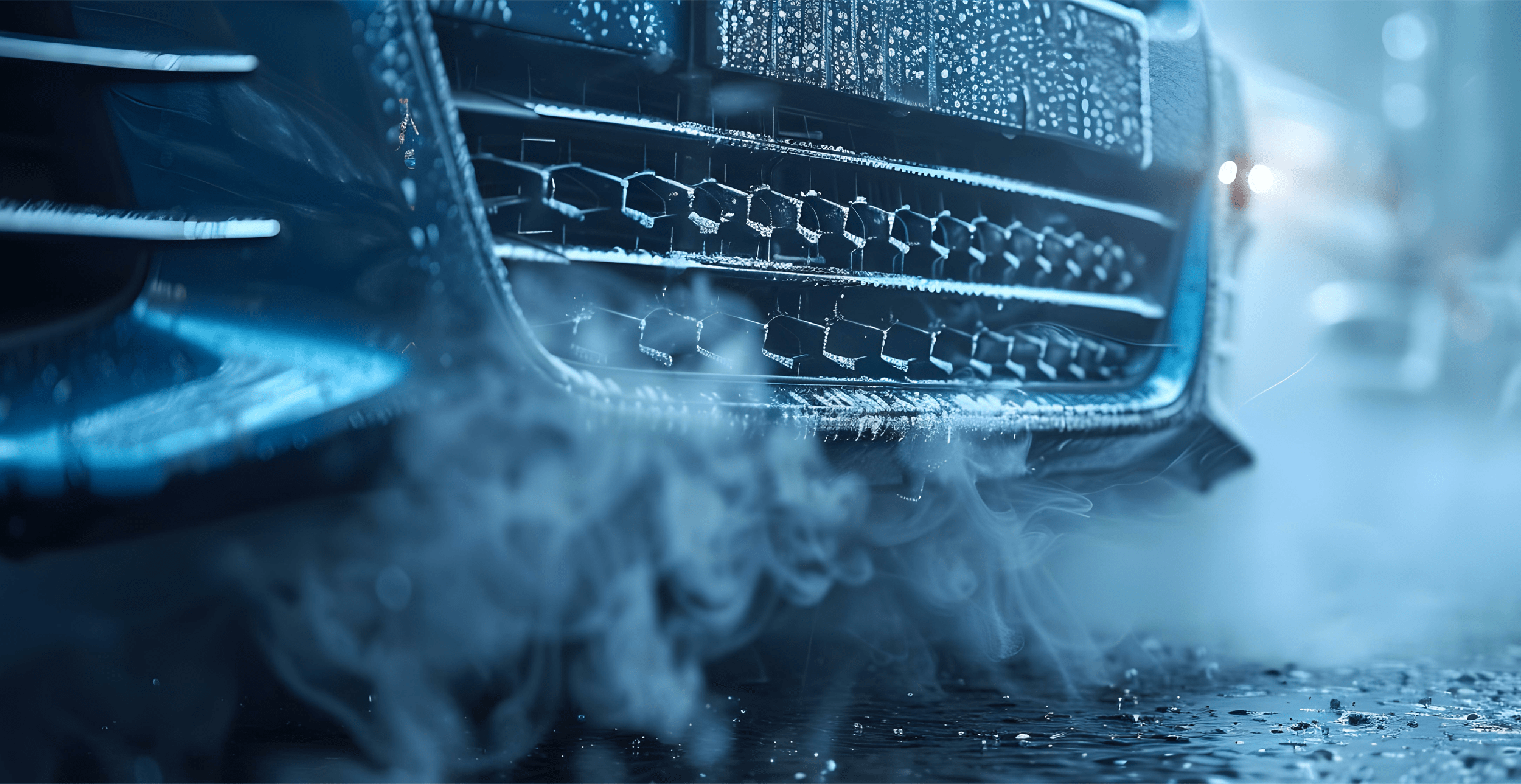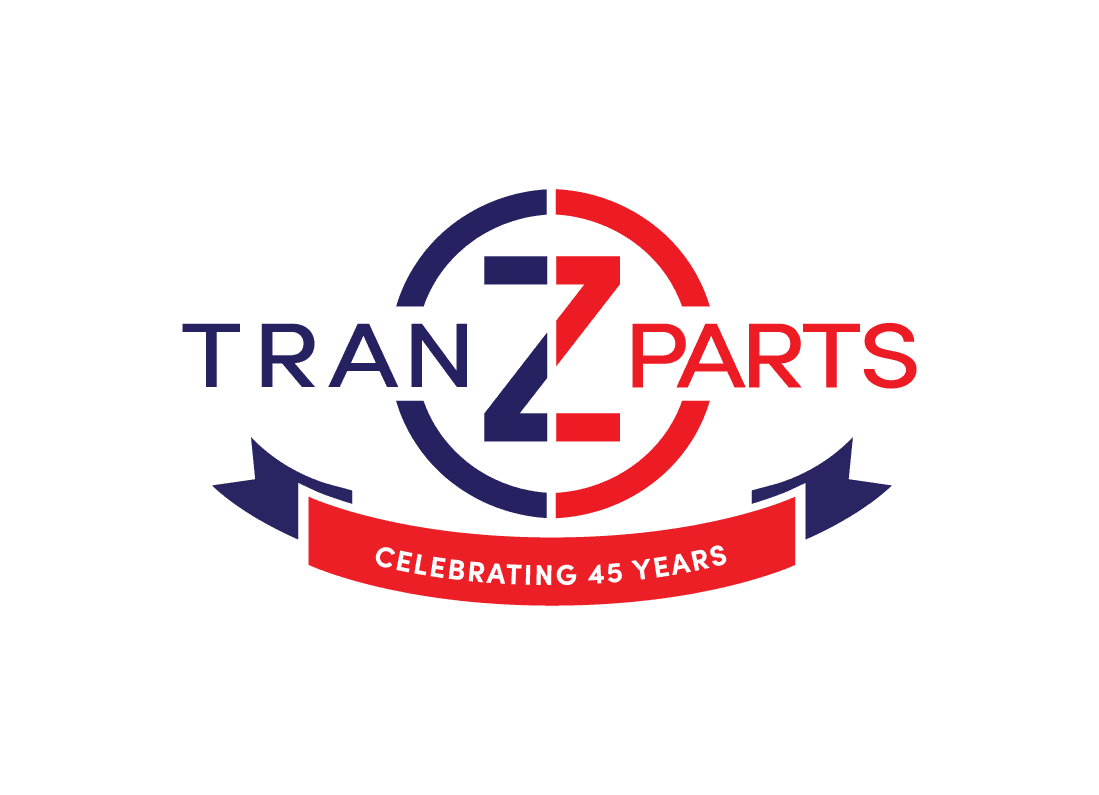Tranzparts is thrilled to celebrate 45 years of excellence in the truck, trailer, and bus parts industry. Since our founding in 1979, we’ve evolved from a local parts supplier into a trusted name in the UK commercial vehicle parts market. Over the years, we’ve built a strong, dedicated team of experts, earned the trust of thousands of loyal customers, and continually expanded our services to meet the growing demands of the industry. As we mark this special milestone, we reflect with pride on how far we’ve come and look forward to an even brighter future.
Our goal from the very beginning was simple: to supply reliable truck parts, trailer spares, and bus components to keep commercial vehicles on the road. We’ve grown steadily, both in our product range and our service offerings, to become the one-stop-shop for all commercial vehicle parts. With three strategically placed depots in Preston, Manchester, and Liverpool, we’ve made it easier for our customers to access the parts they need, when they need them. And, as we embrace the future, we’re investing in electric vehicle solutions and upgrading our systems to ensure that we stay ahead of the curve.
Expanding Our Product Range
From humble beginnings with a small inventory of truck parts, Tranzparts has now grown to offer an extensive range of truck, trailer, and bus parts. Whether you need brake systems, suspension components, lighting, or exhaust systems, we’ve got it all. As the market evolves, we’re constantly updating our inventory to include the latest, high-quality products.
Our expanded product range now includes specialised bus parts, further strengthening our presence in the UK market. Whether you manage a fleet of buses or just need one part, you’ll find a comprehensive selection at Tranzparts, supported by our knowledgeable team.
Three Depots for Convenient Access
To better serve our customers, we’ve established three depots in key locations: Preston, Manchester, and Liverpool. This allows us to provide faster service, reduce delivery times, and offer our clients easier access to the parts they need. With depots in these major cities, we’ve ensured that our customers across the region have a convenient and reliable source for all their truck, trailer, and bus parts.
These depots also provide a local touch, where customers can get expert advice and discuss their specific needs with our knowledgeable team. Whether you prefer to pick up your parts in person or arrange for delivery, we’re here to accommodate your needs quickly and efficiently.
A Modern Office with Cutting-Edge Technology
At Tranzparts, we believe in the importance of staying ahead in technology, which is why we’ve invested in creating a modern office environment that fosters collaboration and efficiency. Our upgraded office facilities are designed to support our expanding operations and provide the best experience for both our team and our customers.
With the right tools in place, our team can focus on delivering top-notch service while ensuring that operations run smoothly. The modern workspace is complemented by our recent system upgrade, which has transformed the way we manage inventory and customer data, providing greater efficiency and accuracy.
System Upgrade: From ERP AutoParts to AutoVolt
One of our most significant upgrades this year is the transition from the ERP system AutoParts to AutoVolt. This cutting-edge system allows for more precise stock tracking and offers our customers unique insights into their ordering patterns and product usage. By upgrading to AutoVolt, we’ve streamlined our operations, improved order fulfilment times, and enhanced the transparency of our inventory system.
For our customers, this means greater visibility into their past orders, helping them make more informed purchasing decisions, track usage trends, and even forecast their future part needs. This advancement puts us ahead of the competition and reinforces our commitment to providing the highest level of service.
Moving Towards a Greener Future: Electric Vans
As part of our commitment to sustainability and environmental responsibility, we have begun transitioning to electric vans for our delivery fleet. This is a crucial step in reducing our carbon footprint and contributing to a greener future. By integrating electric vehicles into our operations, we are able to deliver truck, trailer, and bus parts more sustainably while maintaining the high level of service our customers expect.
Our investment in electric vehicles not only aligns with global trends towards greener technology but also positions us as leaders in the industry when it comes to environmental stewardship.
Building a Strong Team of Experts
Our success over the last 45 years wouldn’t have been possible without our dedicated team. We’ve built a workforce of professionals who are passionate about providing the highest level of service in the truck, bus, and trailer parts industry. Our team includes seasoned mechanics, sales experts, and customer service representatives who understand the technicalities and demands of the commercial vehicle sector.
Our staff undergoes continuous training to ensure they stay up-to-date with the latest trends and advancements, allowing us to offer cutting-edge solutions to our customers. When you choose Tranzparts, you’re not just getting parts—you’re getting support from a team of industry professionals.
Gaining Customer Trust Through Reliability
Customer trust has been one of our most significant achievements. Over the years, we’ve earned the loyalty of thousands of customers by consistently delivering quality products and exceptional service. We understand how crucial it is to have reliable truck and trailer parts, especially for businesses that depend on their vehicles.
Our long-standing relationships with our customers reflect our dedication to transparency, honesty, and reliability. Many of our clients have been with us for decades, knowing they can trust Tranzparts to provide the parts they need to keep their vehicles running smoothly.
Commitment to Quality Products
Our commitment to offering only the best parts has been a cornerstone of our business. At Tranzparts, we stock parts from trusted manufacturers who meet strict quality standards. This ensures that our customers receive durable, high-performance components that can withstand the rigours of the road.
By focusing on quality, we’ve built a reputation as a reliable source for truck, bus, and trailer parts, giving our customers peace of mind when it comes to the longevity and safety of their vehicles.
Wide Supplier Network
To provide a comprehensive selection of parts, we’ve established strong relationships with a diverse network of suppliers across the UK and internationally. This enables us to stock a wide range of OEM parts and aftermarket solutions for trucks, trailers, and buses.
Our extensive supplier network allows us to offer competitive pricing while ensuring fast turnaround times, meaning our customers can quickly get the parts they need to minimise vehicle downtime.
Unmatched Customer Service
At Tranzparts, we take pride in offering unparalleled customer service. Our knowledgeable team is always available to help customers find the right part or offer expert advice. Whether you need assistance with part compatibility or have questions about installation, we’re here to help.
Customer satisfaction is a priority at Tranzparts, and we strive to make every interaction with us as smooth as possible. Our dedication to service has earned us repeat customers and long-term partnerships, cementing our position as a trusted leader in the market.
Introducing 24/7 Call-Out Service for Immediate Part Delivery
Recognising the critical importance of quick part delivery in the commercial vehicle industry, we now offer a 24/7 call-out service. No matter what time of day or night, if your vehicle needs an urgent replacement part, we’ve got you covered. Our electric vans ensure fast and efficient delivery, helping you get back on the road as soon as possible.
This service gives our customers peace of mind, knowing that even in an emergency, Tranzparts will be there to provide the parts they need, right when they need them.
45 Years of Excellence and a Sustainable Future
Celebrating 45 years of success is an incredible achievement for Tranzparts, and it’s all thanks to the unwavering support of our customers and the dedication of our team. Over the years, we’ve grown from a local parts supplier into a recognised leader in the truck, bus, and trailer parts industry, driven by our commitment to quality, customer service, and innovation. Our three depots in Preston, Manchester, and Liverpool enable us to meet customer demand efficiently and offer tailored solutions across the region.
As we look to the future, our journey towards sustainability is already well underway, with the introduction of electric vans into our fleet. These vans not only help reduce our environmental footprint but also represent our long-term commitment to embracing greener technology.
Moreover, the recent system upgrade to AutoVolt enhances how we serve our customers by improving stock tracking and giving them valuable insights into their ordering history and usage trends. This technological advancement enables us to deliver more efficient, transparent, and customer-friendly service.
By continuing to offer high-quality products, investing in new innovations, and staying committed to excellent service, Tranzparts is well-positioned to continue leading the industry and serving our customers for decades to come.
Summary
Tranzparts has been a trusted supplier of truck, trailer, and bus parts for 45 years, offering a vast range of high-quality products across the UK. With three depots in Preston, Manchester, and Liverpool, we’ve made it easy for customers to access the parts they need quickly and efficiently. From brake systems and suspension parts to steering components and lighting, our inventory includes everything needed to keep commercial vehicles running smoothly.
Our recent system upgrade to AutoVolt is a significant step forward in providing unique customer insights and improving stock tracking, ensuring that we continue to deliver outstanding service. Customers now benefit from enhanced visibility into their ordering patterns and stock levels, allowing them to plan more effectively and manage their needs with greater confidence.
In addition to our extensive product range, we’ve also introduced a 24/7 call-out service, providing critical parts whenever they are needed. This service is available via our electric vans, reflecting our commitment to reducing our carbon footprint and moving towards a more sustainable future.
Whether you need OEM truck parts, bus components, or aftermarket solutions, Tranzparts is the name you can trust. With our team of experts, dedication to quality, and focus on innovation, we’re ready to serve our customers’ needs for many more years to come.




